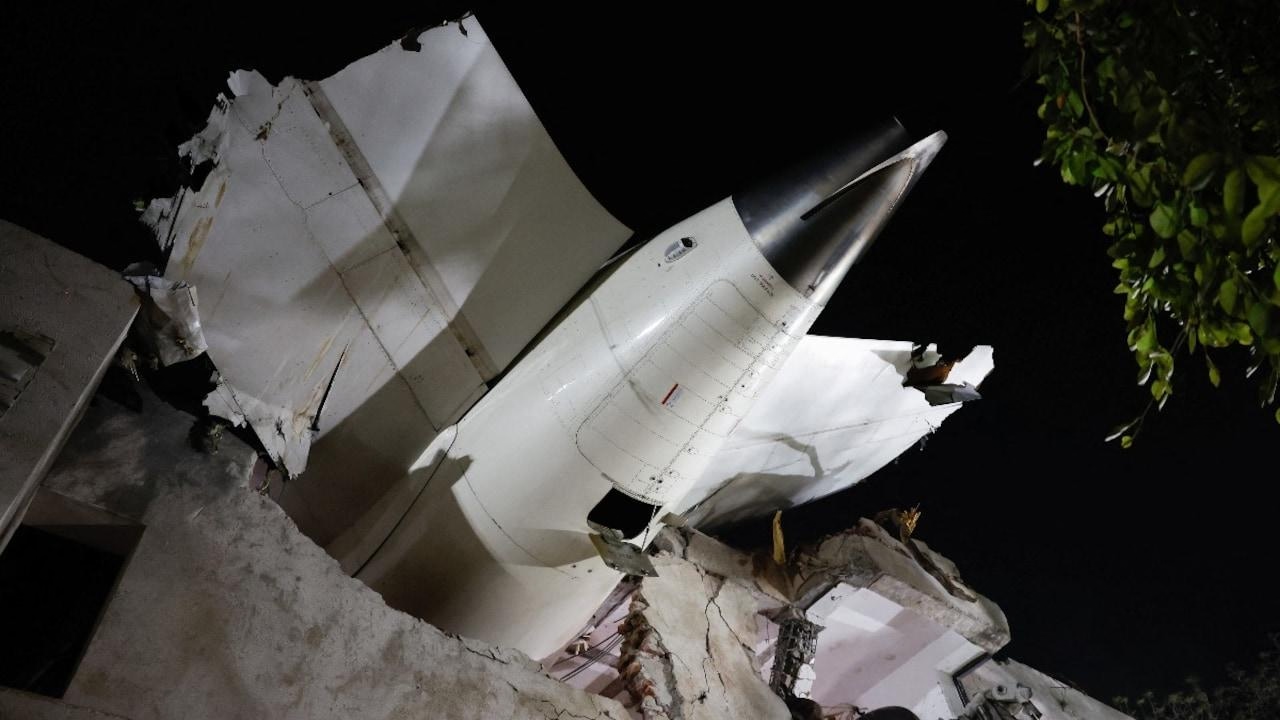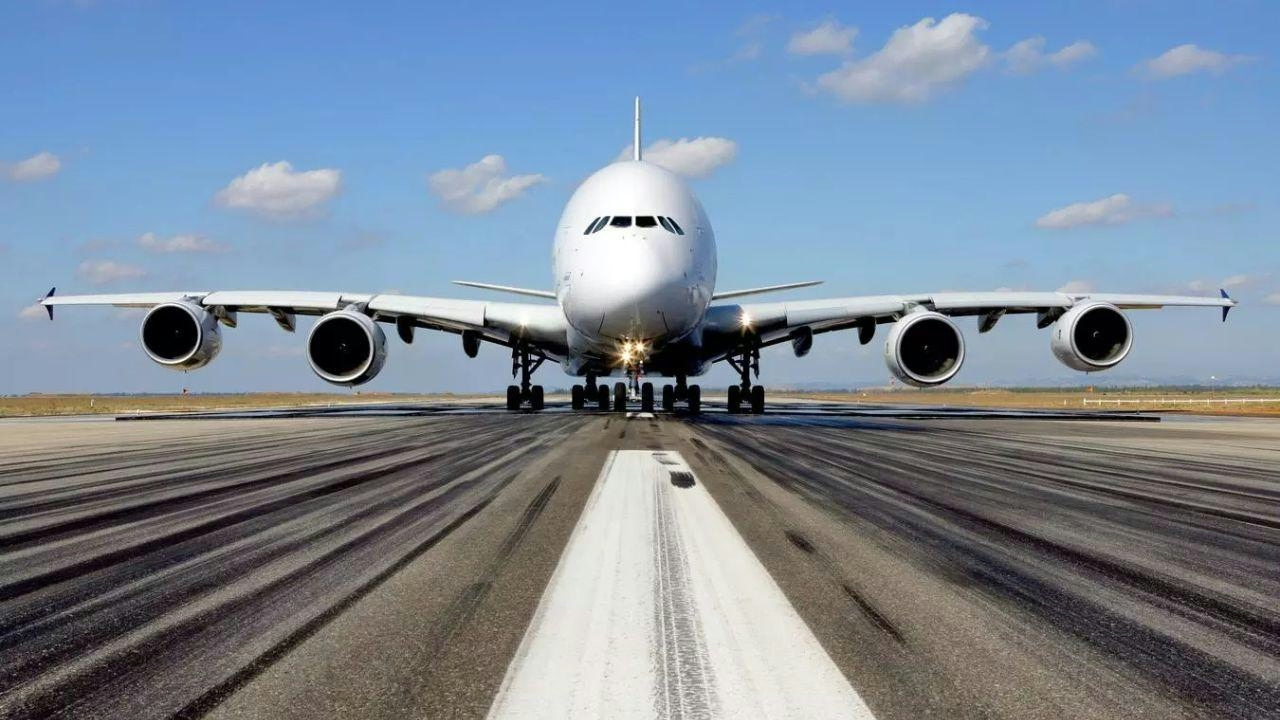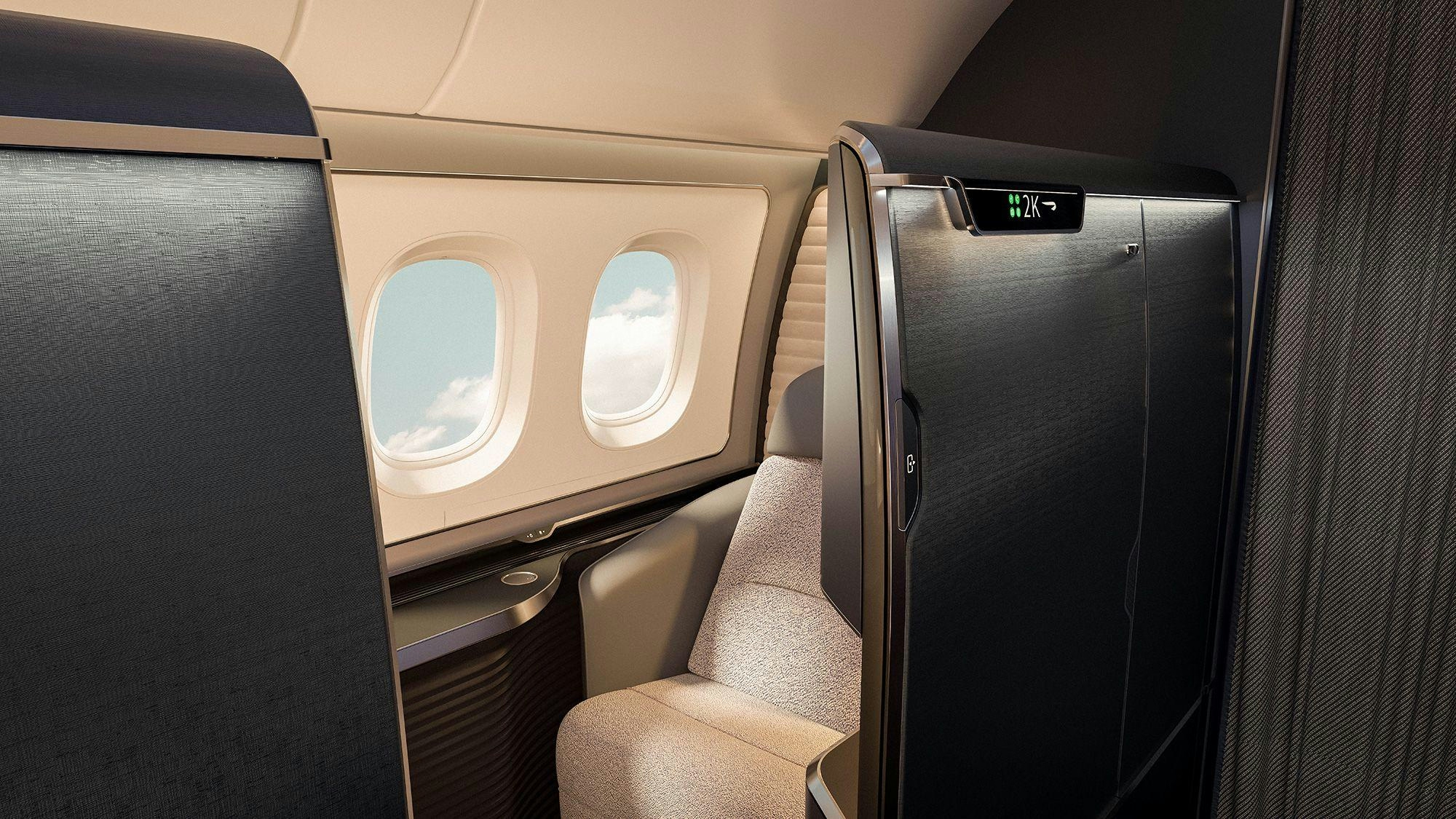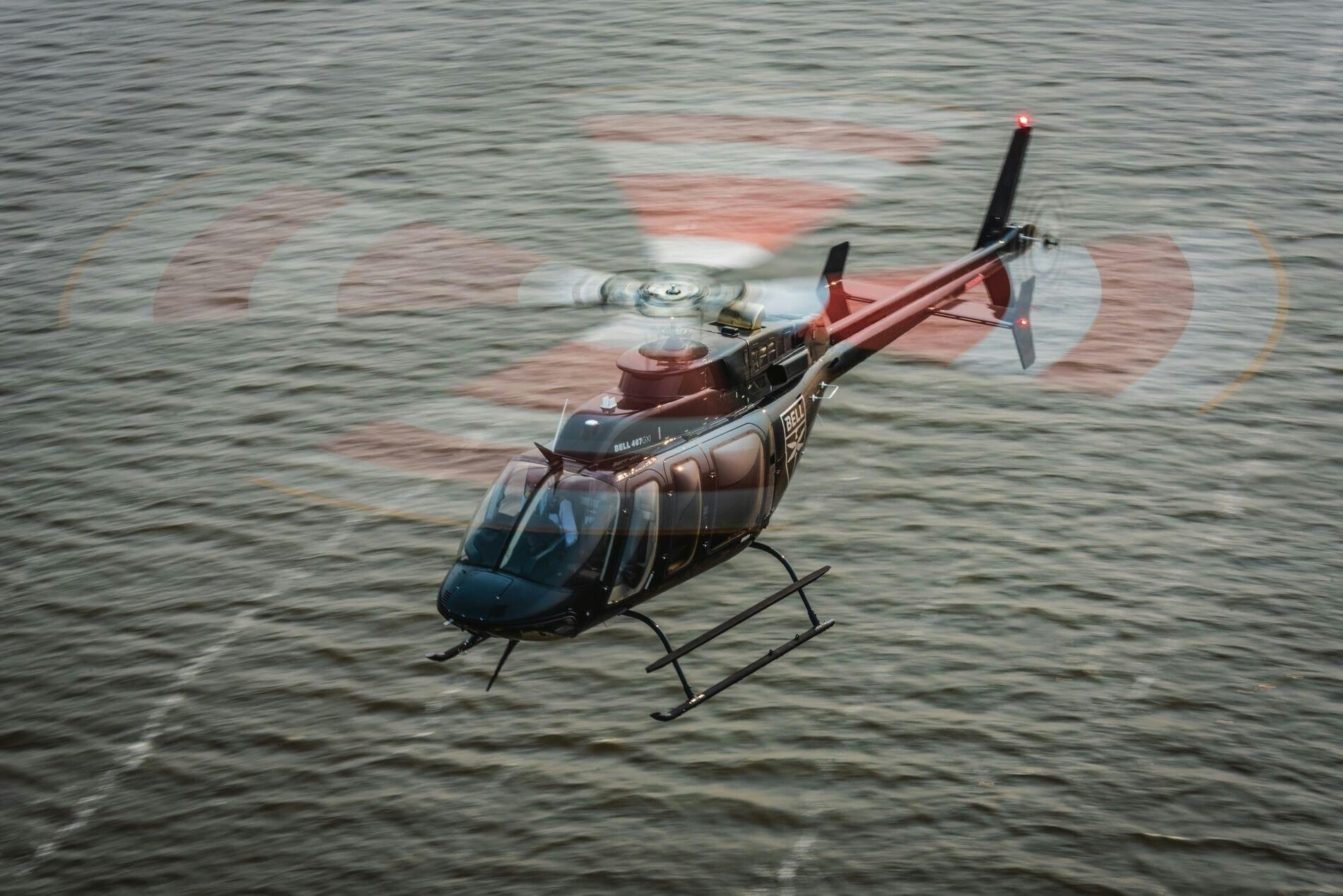
AeroGenie — Uw intelligente copiloot.
Trending
Categories
Aviation Expert Offers Theory on Air India Crash at 1,500 Feet

Aviation Expert Proposes Cockpit Error Theory in Air India Crash at 1,500 Feet
As investigators continue to examine the wreckage and flight data from the tragic Air India Dreamliner crash in Ahmedabad, which claimed 241 lives, new hypotheses are emerging regarding the cause of the disaster. The incident involving Air India Flight 171 has intensified scrutiny of the airline’s safety measures at a pivotal moment, as Air India pursues its Vihaan.AI transformation program aimed at establishing itself as a “world-class global airline” within five years. The crash not only challenges the carrier’s reputation and operational progress but also raises broader concerns about the safety standards within India’s expanding aviation sector, particularly as Air India seeks to enter new international markets such as Australia.
Analysis from a Veteran Pilot
Amid ongoing investigations and widespread public speculation, Captain Steve, a seasoned aviator and former Boeing 777 pilot, has presented a detailed analysis that questions some of the prevailing assumptions about the crash. In a 17-minute video posted on his aviation channel, Captain Steve scrutinizes footage of the Boeing 787-8’s final moments, highlighting technical aspects that may have contributed to the catastrophe.
He begins by noting that the landing gear remained extended well beyond the point at which it is typically retracted—usually around 50 feet after takeoff. Both engines appeared to be functioning normally, with no visible signs of fire, sparks, or power loss. While some have speculated about dual engine failure or fuel contamination, Captain Steve dismisses these possibilities due to the absence of smoke, fire, or engine sputtering during the aircraft’s ascent.
Possible Cockpit Error During Critical Phase
Captain Steve’s theory centers on a potential cockpit error occurring shortly after liftoff. He suggests the co-pilot may have inadvertently manipulated the flap handle instead of the landing gear lever. Retracting the flaps prematurely would cause a sudden loss of lift, leaving the aircraft heavy, slow, and unable to climb. Meanwhile, the landing gear remaining extended would increase drag, further impeding the aircraft’s ability to gain altitude.
Acknowledging that such an error is uncommon but not impossible, especially under the intense pressure and workload of takeoff, Captain Steve explains, “You’re watching the runway fall away, focused on multiple tasks. One wrong motion, and everything changes.” He points out that in the video, the aircraft’s nose lifts only slightly and the landing gear never retracts, indicating insufficient lift generation. As the nose pitches downward, the plane appears to enter a power-on stall: the engines continue running, but the wings fail to sustain flight.
Captain Steve notes that the pilots might have had a chance to recover at altitudes of 1,500 or even 1,000 feet, but the opportunity was lost. While he stops short of declaring this the definitive cause, he concludes, “To me, this looks like an improper flap setting—possibly a misidentification of the gear lever. It’s heartbreaking. These pilots may have done everything they could, but in those few seconds, the margin for error was razor-thin.”
Implications for Air India and Indian Aviation
As the investigation proceeds, its findings will carry significant implications not only for Air India’s ongoing transformation efforts but also for public confidence in India’s aviation industry. The tragedy underscores the critical importance of rigorous safety protocols and training, particularly as the sector seeks to expand its global footprint.

Europe Advances Aviation Sustainability Through SAF Mandates and Innovation

Lufthansa's Fleet Plans for 2025

Fifteenth National Games Model Aviation Finals in Longhua Showcase Drone Sports and Innovation

Brazilian Woman Becomes First Female Captain of Airbus A380

Airbus and Boeing: Comparing Their Global Reach

Vietjet Orders 100 Airbus A321neo Jets, Strengthening UK-Vietnam Strategic Partnership

The Aircraft Set to Replace the Iconic Superjumbo

Delta Air Lines Introduces AI-Powered Concierge Service

Shanghai to Host 2025 North Bund International Aviation Forum
